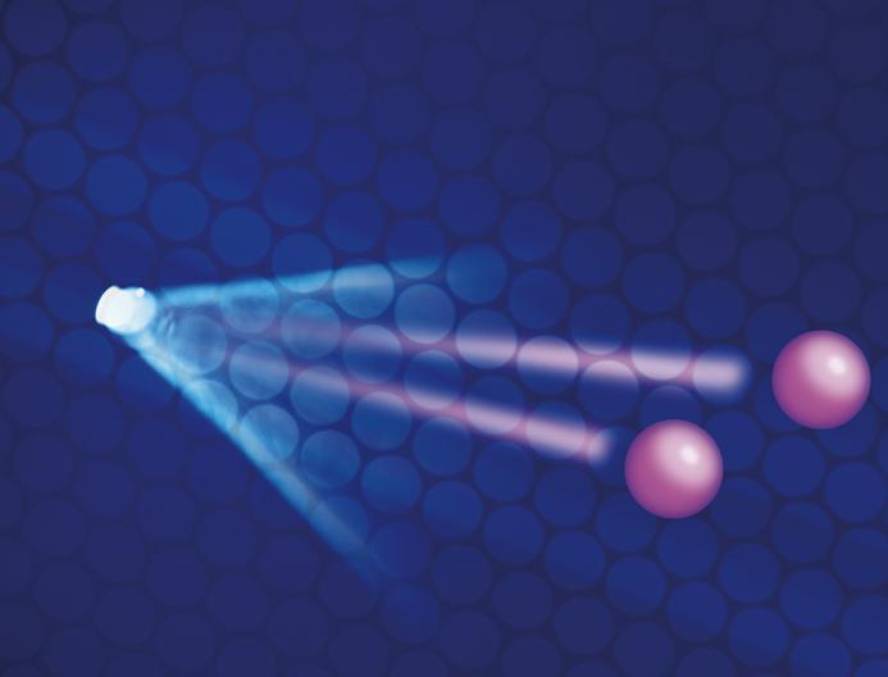Neutrinos faster than light
Rarely do mainstream media get news about particle physics, and in cases where they arrive, the news is political, institutional or economic (such as the inauguration of the LHC accelerator) rather than scientific. However, there are exceptions, and in the last month it has been an exception: the physicists of the OPERA experiment, in the Gran Sasso laboratory in Italy, have detected neutrinos traveling faster than light. The news has had a great impact since it questions the basis of the theory of special relativity.
In the OPERA experiment they wanted to investigate a strange behavior of neutrinos, that is, that a type of neutrinos --muonics - become another type --tauónicas--. They have a neutrino detector at 1,400 meters depth. There they detect the neutrinos generated in the accelerator LHC, located 730 kilometers away. The distance of neutrinos from the LHC to the OPERA experiment was surprising in 2.43 milliseconds, 60 nanoseconds faster than if they had traveled at the speed of light. And after a constant review of the results, a news story has been published in arXiv, in the forum of dissemination to the community of physicists.

The result has spread to the media with a question: Was Einstein wrong with relativity? Many opinions have spread, but in general physicists are cautious. The physicist of the University of Barcelona, José Ignacio Latorre, for example, gave a lecture in San Sebastian on what was discovered in the OPERA experiment, entitled: "Neutrinos: surely Einstein was fine."
"We can do two things: believe and not believe the result of the neutrino experiment," says Lator. It is not a matter of faith, but of thinking that the experiment may have errors. There is a statistical error, but this error is very small and, in that sense, the result is acceptable, but the very methodology of measuring the speed of neutrinos has some systematic errors that can explain the result obtained. But it is very difficult to capture these errors, Latorre believes that "only those who have done the experiment know where the error can be".
However, there are suspicions that the issue may be in time measurement. It is a very complex experiment, but based on the basic idea of measuring the distance travelled by neutrinos and the time they have taken. With these two measurements you can calculate the speed. Lator stressed that both measures are based on GPS and that GPS operation is based on relativity: "To check if relativity is correct, they have had to rely on relativity," he says. Physicists are convinced that the measurement of the distance has been done with great precision, with an error of only 20 centimeters. But there are problems with time, as the GPS signal only reaches the terrestrial surface and the LHC and Gran Sasso are buried. Therefore, it is possible that the timing of the watches has little precision to correctly calculate the times.
Although it is claimed that neutrinos have traveled faster than light, it is not clear what the conclusion is. For some physicists the theory of relativity would be questioned, but for others it would not. In any case, the first work to be done is to clarify whether the time calculation is right or not. Latorre is clear: "the experiment must be repeated under different conditions and must be performed by another group. That's the most important thing."






